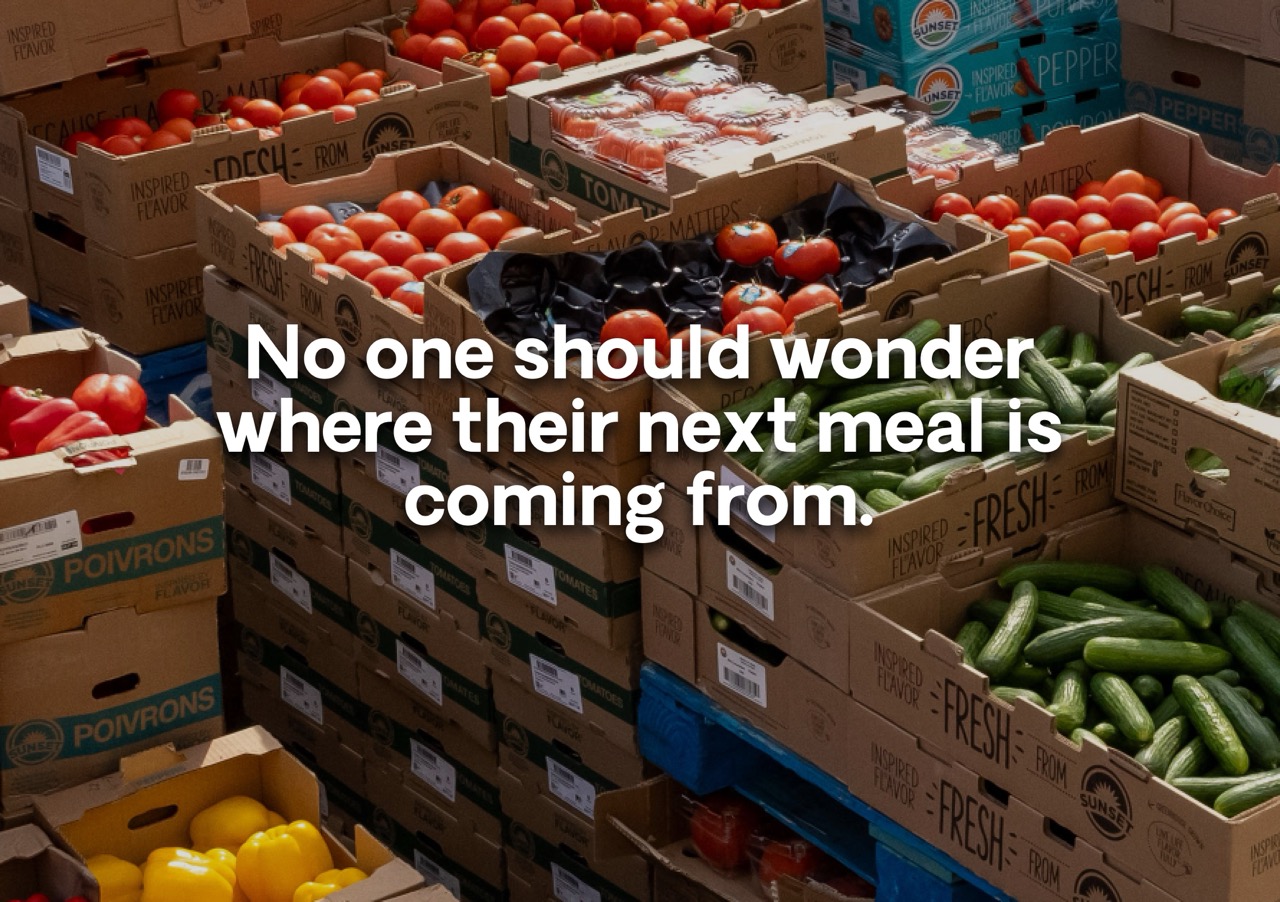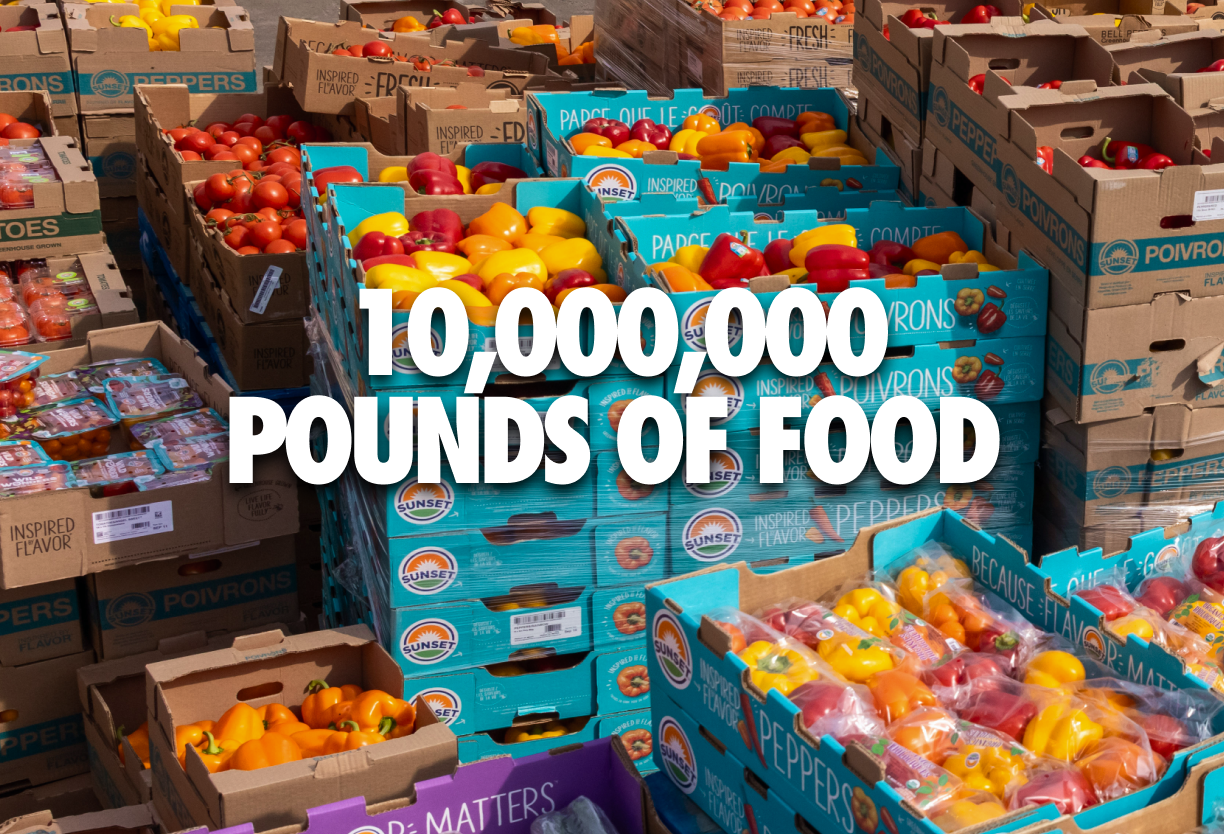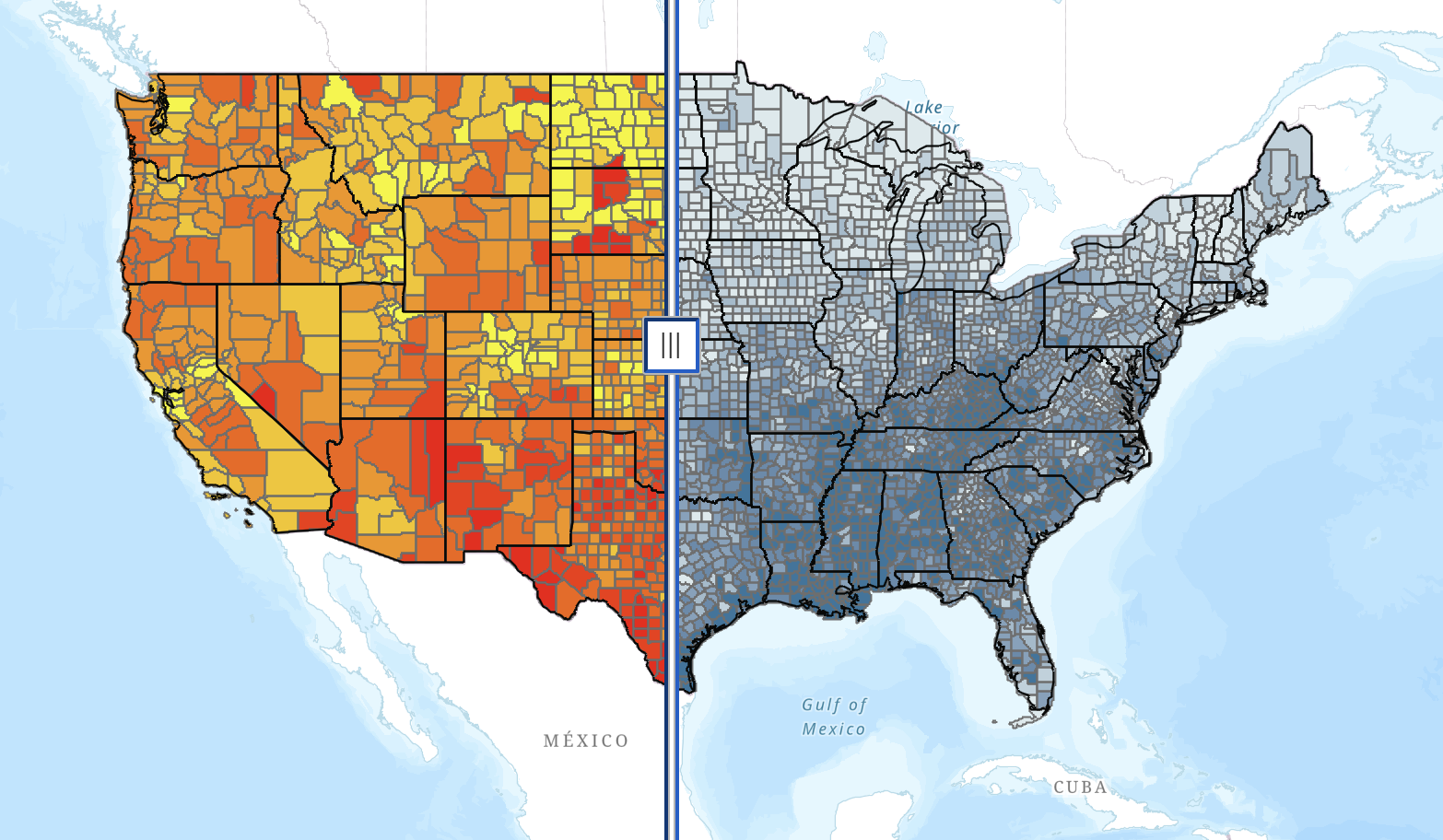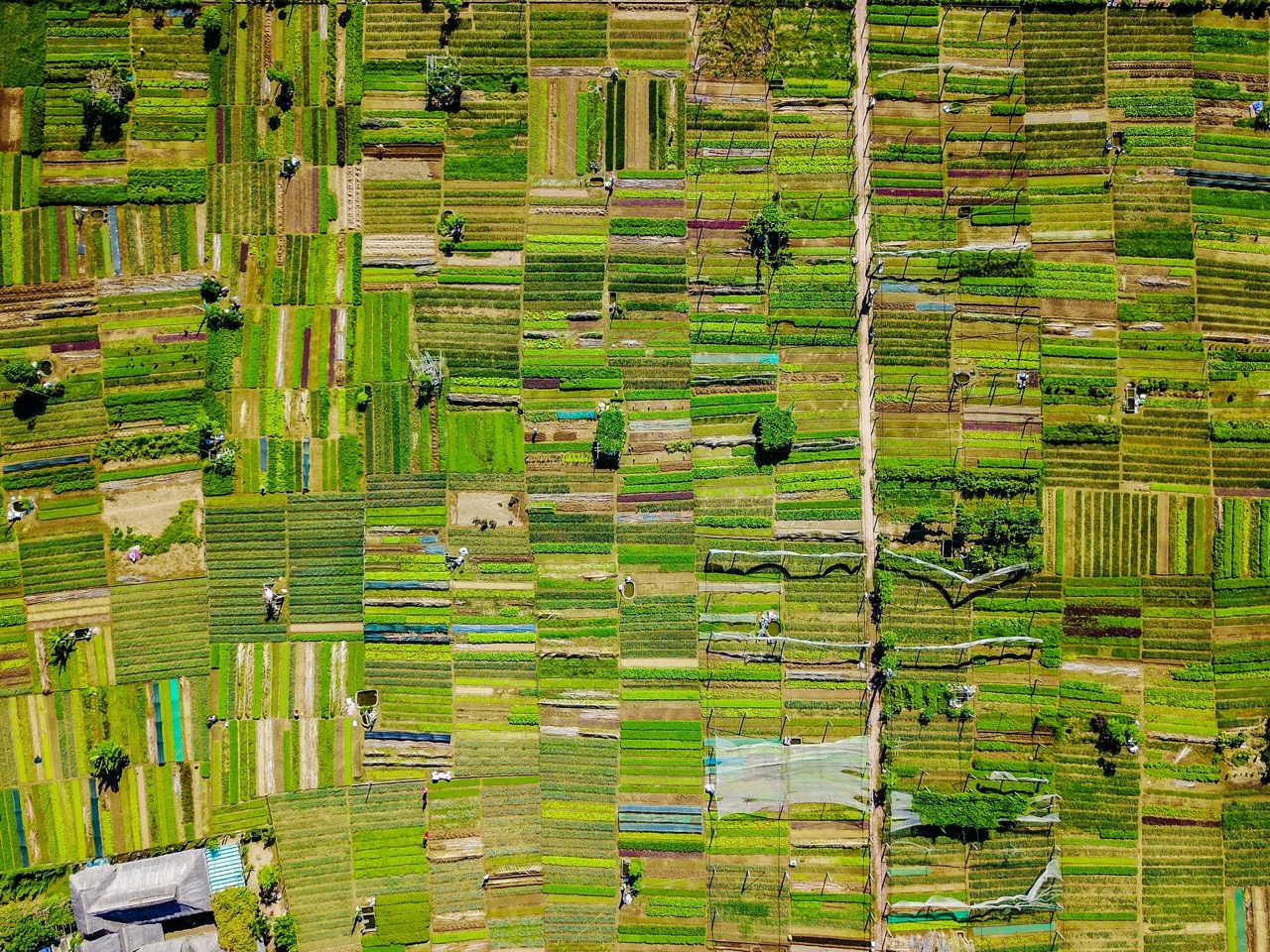
As many of our newsletter readers know, the Farmlink Response Team made its way around the country this summer visiting distribution sites, farmers, families, and disaster zones to volunteer and learn about how we can better serve the communities that need us. While in Lake Charles, Louisiana, our crew on the ground was looking to make contact with and support any grassroots organizations providing food and disaster relief in the wake of Hurricane Laura. Our team parked the RV and began walking through the rubble—fallen buildings and cracked family photos covering the ground. They walked through an abandoned real estate office to see cups of coffee left sitting out on the desks, as if the people there had fled at a moment’s notice. In the suburban area outside of Lake Charles, they saw burnt and destroyed homes, some with families still living inside.
Surrounded by wreckage throughout the community and driven by the desire to help where they could, our team looked for people supporting their community members in this complete disaster zone. That’s where they found Cajun Navy Relief and Rescue. According to team members Jake and Owen from the Response Team, Cajun Navy had set up a food bank in one of the last remaining structures at a main intersection in town. They had a handful of volunteers making hot meals and passing them from the back kitchen to the dining room where they were packaged and then sent out the door to a few pop-up roadside tents set up as drive-throughs for those they served. What struck our team most about this group was that they were feeding both members of the community suffering from the disastrous effects of Hurricane Laura and responders to the crisis working to provide support to these families and individuals that were so deeply impacted by the hurricane. This emergency response organization has been working tirelessly to help those in need, all at a time when their own families were likely struggling with the fallout of Hurricane Laura. To read more about the vital work of Cajun Navy in response to Hurricane Laura, click here.
< Back

As many of our newsletter readers know, the Farmlink Response Team made its way around the country this summer visiting distribution sites, farmers, families, and disaster zones to volunteer and learn about how we can better serve the communities that need us. While in Lake Charles, Louisiana, our crew on the ground was looking to make contact with and support any grassroots organizations providing food and disaster relief in the wake of Hurricane Laura. Our team parked the RV and began walking through the rubble—fallen buildings and cracked family photos covering the ground. They walked through an abandoned real estate office to see cups of coffee left sitting out on the desks, as if the people there had fled at a moment’s notice. In the suburban area outside of Lake Charles, they saw burnt and destroyed homes, some with families still living inside.
Surrounded by wreckage throughout the community and driven by the desire to help where they could, our team looked for people supporting their community members in this complete disaster zone. That’s where they found Cajun Navy Relief and Rescue. According to team members Jake and Owen from the Response Team, Cajun Navy had set up a food bank in one of the last remaining structures at a main intersection in town. They had a handful of volunteers making hot meals and passing them from the back kitchen to the dining room where they were packaged and then sent out the door to a few pop-up roadside tents set up as drive-throughs for those they served. What struck our team most about this group was that they were feeding both members of the community suffering from the disastrous effects of Hurricane Laura and responders to the crisis working to provide support to these families and individuals that were so deeply impacted by the hurricane. This emergency response organization has been working tirelessly to help those in need, all at a time when their own families were likely struggling with the fallout of Hurricane Laura. To read more about the vital work of Cajun Navy in response to Hurricane Laura, click here.
Cajun Navy Relief and Rescue
Louisiana

As many of our newsletter readers know, the Farmlink Response Team made its way around the country this summer visiting distribution sites, farmers, families, and disaster zones to volunteer and learn about how we can better serve the communities that need us. While in Lake Charles, Louisiana, our crew on the ground was looking to make contact with and support any grassroots organizations providing food and disaster relief in the wake of Hurricane Laura. Our team parked the RV and began walking through the rubble—fallen buildings and cracked family photos covering the ground. They walked through an abandoned real estate office to see cups of coffee left sitting out on the desks, as if the people there had fled at a moment’s notice. In the suburban area outside of Lake Charles, they saw burnt and destroyed homes, some with families still living inside.
Surrounded by wreckage throughout the community and driven by the desire to help where they could, our team looked for people supporting their community members in this complete disaster zone. That’s where they found Cajun Navy Relief and Rescue. According to team members Jake and Owen from the Response Team, Cajun Navy had set up a food bank in one of the last remaining structures at a main intersection in town. They had a handful of volunteers making hot meals and passing them from the back kitchen to the dining room where they were packaged and then sent out the door to a few pop-up roadside tents set up as drive-throughs for those they served. What struck our team most about this group was that they were feeding both members of the community suffering from the disastrous effects of Hurricane Laura and responders to the crisis working to provide support to these families and individuals that were so deeply impacted by the hurricane. This emergency response organization has been working tirelessly to help those in need, all at a time when their own families were likely struggling with the fallout of Hurricane Laura. To read more about the vital work of Cajun Navy in response to Hurricane Laura, click here.
.png)







.svg)
.svg)
.svg)